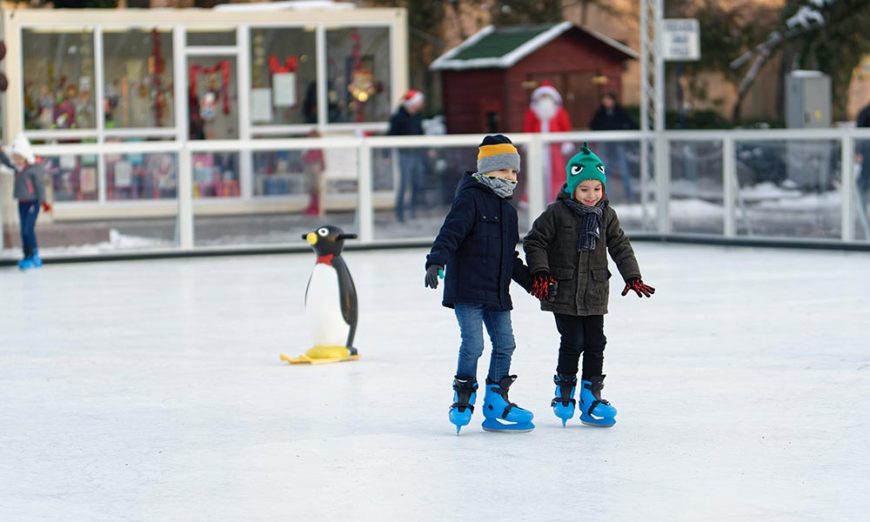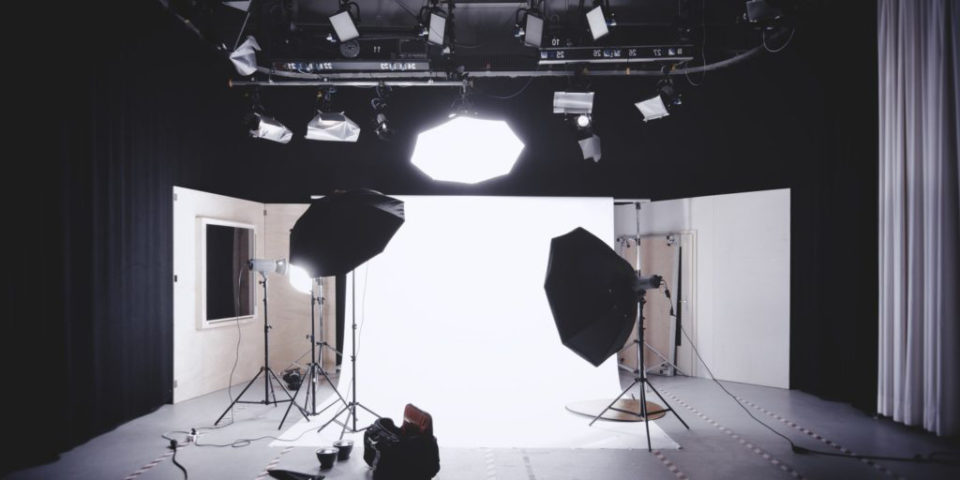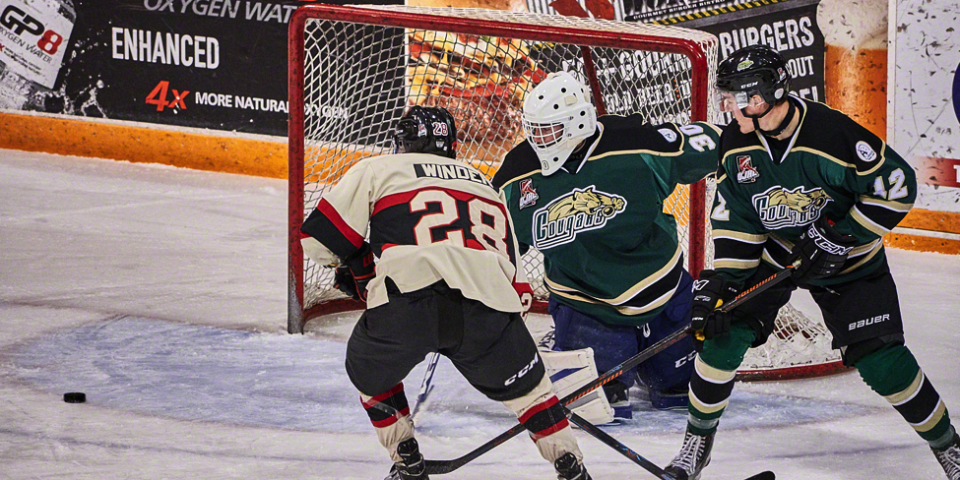You’ve Got Activities Planned, Don’t Forget Your Camera!
With Family Day rapidly approaching, folks are planning their special time together. No matter what you and your family are doing, this is a great day to ensure that you are keeping your photo albums current and making images to share with family and friends who may be some distance away.
Indoor Activities

We know that many times it’s tough to get everyone together to head out somewhere, and from time to time, the younger folks want to spend the day off doing what they want. If your young people are into a specific hobby, this is a good day to capture these things. The idea is not to make a posed image, but to make images that show the activity as it happens. A photo of someone’s face while he or she is playing a video game can grab great expressions. If there is a tabletop game being played such as the kind you can learn more about here, step back and shoot a wider scene showing all the players, and then come in close for pictures of just hands and game pieces. Maybe there’s something that you all do as a family, so be sure to make images of that. If you love going for family outings to the bowling alley, for example, you may want to get a snap of your partner bowling a perfect strike. If when you’re not behind the camera you’re a skilled bowler, you might want to take a look at the Skilled Bowlers guide (https://skilledbowlers.com/bowling-balls/best-bowling-ball-guide/) detailing some of the best-rated bowling balls money can buy if you’re ready to take your game to the next level. Getting pictures of children playing with adults might be lovely for memories. Videos online can show children how to pretend play, which children can then teach adults! This could involve the whole family and would be nice to have a laugh at when the children are older!
Camera Settings
This is easy stuff and there is no need to make it complicated. Since indoor lighting is usually pretty low, we don’t want to see motion blur, so put your hotshoe flash on the camera and tilt the bounce head so the light reflects off the ceiling. Put your camera in Program mode and then just focus and shoot.
Using a wide-angle lens can give smaller rooms a sense of big space, and you can get very tight shots using your telephoto zoom. If you need everyone in the photo, put your camera on your tripod and use either a remote trigger or the self-timer built into pretty much all the cameras out there today. The best shots will come when you work smoothly and simply. The less a big production you make of this, the more natural the shots become.
Outdoor Activities

Perhaps you are heading out for a ski day or sledding, or snowboarding. Don’t forget your camera! The idea is to let the camera do the majority of the work in terms of stopping motion and ensuring that you get the shots that you want, without it being a hassle. You probably won’t need a lot of gear, your camera, and one lens. However, your family doesn’t need to be participating in extreme sports like skiing or snowboarding for a good picture. Perhaps your child has one of the best stunt scooters on the market and he wants some pictures of him performing some of the tricks that he’s learned. For that sort of picture, you’ll probably just want to use the same kit as the snowboarding images. However, if you’re taking more photos of sports, take your telephoto zoom, and if for landscapes, take your wide-angle zoom, such as your kit lens.
Camera Settings
Use the scene mode called Sports to keep things simple and straightforward and if there is a lot of the white stuff in the frame, overexpose at least one stop to keep the whites from going grey. Use your exposure compensation capability to make this happen.
By choosing the Sports or Action scene mode, your camera’s program is going to bias itself to freezing action and will also activate continuous autofocus so you can track focus on moving subjects. It also typically enables continuous firing, so the camera will take shots as long as you hold the button down. If you wait for the perfect scene in the viewfinder of an action shot, you’ve missed it. Do what the pros do and overshoot. The extra frames are basically free, and you need only keep the best ones.
If your photo opportunities are less speed oriented, the Landscape scene mode is a good way to work. It biases the camera’s program to maintain lots of depth of field for sharp focus front to back and really excels when you are using a wide angle zoom lens. If it’s sunny, don’t forget your polarizer to manage those harsh reflections and to make the sky a nice dark blue.
If you are outdoors, keep your camera in a sealed bag, like an alligator bag to let the temperature equalize when going into the cold, and when coming in from the cold. This will help you avoid getting condensation buildup on your camera which can be bad for it. These bags are very cheap and take up no space in your pocket when you aren’t using them and if it gets wrecked, you can safely dispose of them in recycle bins in many places.
Special Places

Family Day is very popular for trips to the Museum, or the Aquarium or other event location in your area. In the Toronto area, there is Black Creek Pioneer Village, or the Zoo or Reptilia. There are lots of really cool places to go, that also make for great photos and videos.
Camera Settings
In many of these locations, the lighting is quite dim. Use of a flash may be discouraged or disallowed completely. Choose a higher ISO, of 800 at least so you can avoid camera shake from causing blur.
If shooting through a fence, use the largest aperture that you can and get right up to the fence. The shallow depth of field will help make the fence disappear. If you are shooting through glass, such as at an aquarium, get a rubber lens hood and press it to the glass, this both protects the end of your lens, and also cuts the reflections. Most of these places are too dim for a polarizer so a rubber hood is the best route. If you do go to a location with open pools, especially like an aquarium with open salt water pools, protect your camera against splashes. Water is bad for the camera and salt water is really horrible. The Ripley’s Aquarium in Toronto has an open stingray pool and the critters can be splash machines when excited.
Wherever you can, find a place to brace yourself to reduce camera shake. Use a tabletop or lean against a post or pillar. Use your viewfinder instead of the LCD so you can tuck your elbows in tight to your body. Carrying both a wide angle and telephoto zoom lens will give you lots of flexibility because event spaces may limit where you can and cannot go.
Conclusions
Never forget to capture those key moments in time and always have new images to share with family and friends. You may find a couple that please you so much that you get prints made and then frame them for your home!
If you have questions about this subject, please leave a comment on the Henry’s Blog. If you have questions about any other topic, you may feel free to email me directly at ross@thephotovideoguy.ca
Until next time, peace


